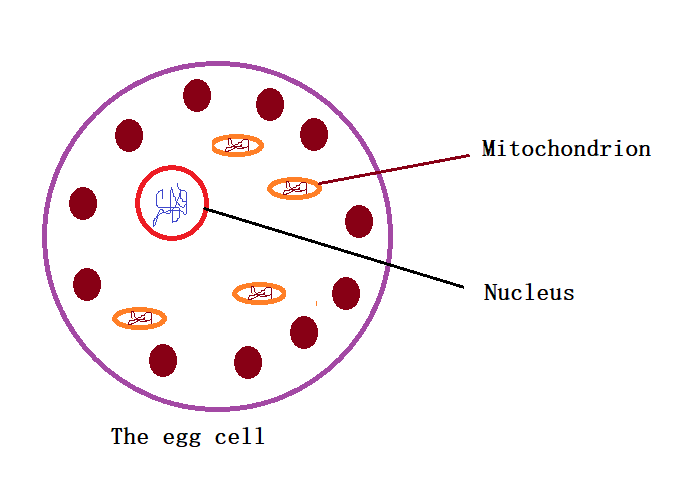Chi-square – Interpretation
| Un-Vaccinated | Vaccinated | |
| (O-E)2/E | (O-E)2/E | |
| Contracted pneumococcal pneumonia | 5.78 | 5.78 |
| Contracted another type of pneumonia | 0.11 | 0.11 |
| Did not contract pneumonia | 0.93 | 0.93 |
You can see that the largest numbers for the chi-squares are against the row: ‘Contracted pneumococcal pneumonia’. These mean the largest departure from the expected values.
| Un-Vaccinated | Vaccinated | |
| (O-E)2/E | (O-E)2/E | |
| Contracted pneumococcal pneumonia | (23 – 28*92/184)2/ (28*92/184) | (5 – 28*92/184)2/ (28*92/184) |
| Contracted another type of pneumonia | (8 – 18*92/184)2/ (18*92/184) | (10 – 18*92/184)2/ (18*92/184) |
| Did not contract pneumonia | (61 – 138*92/184)2/ (138*92/184) | (77 – 138*92/184)2/ (138*92/184) |
In the unvaccinated case, the observation was more than the expectations (O:23 vs. E:14), whereas in the vaccinated case, it was fewer (O:5 vs. E:14).
Smaller values of chi-square suggest observed values are closer to the expected.
Reference
The Chi-square test of independence: Biochem Med
Chi-square – Interpretation Read More »

